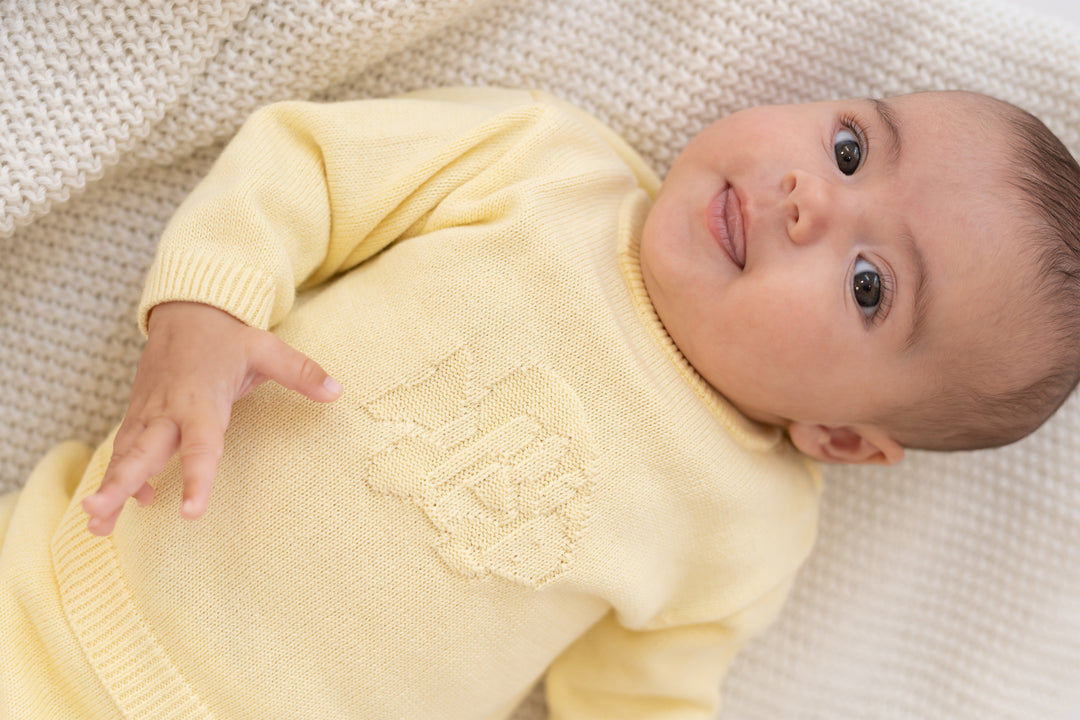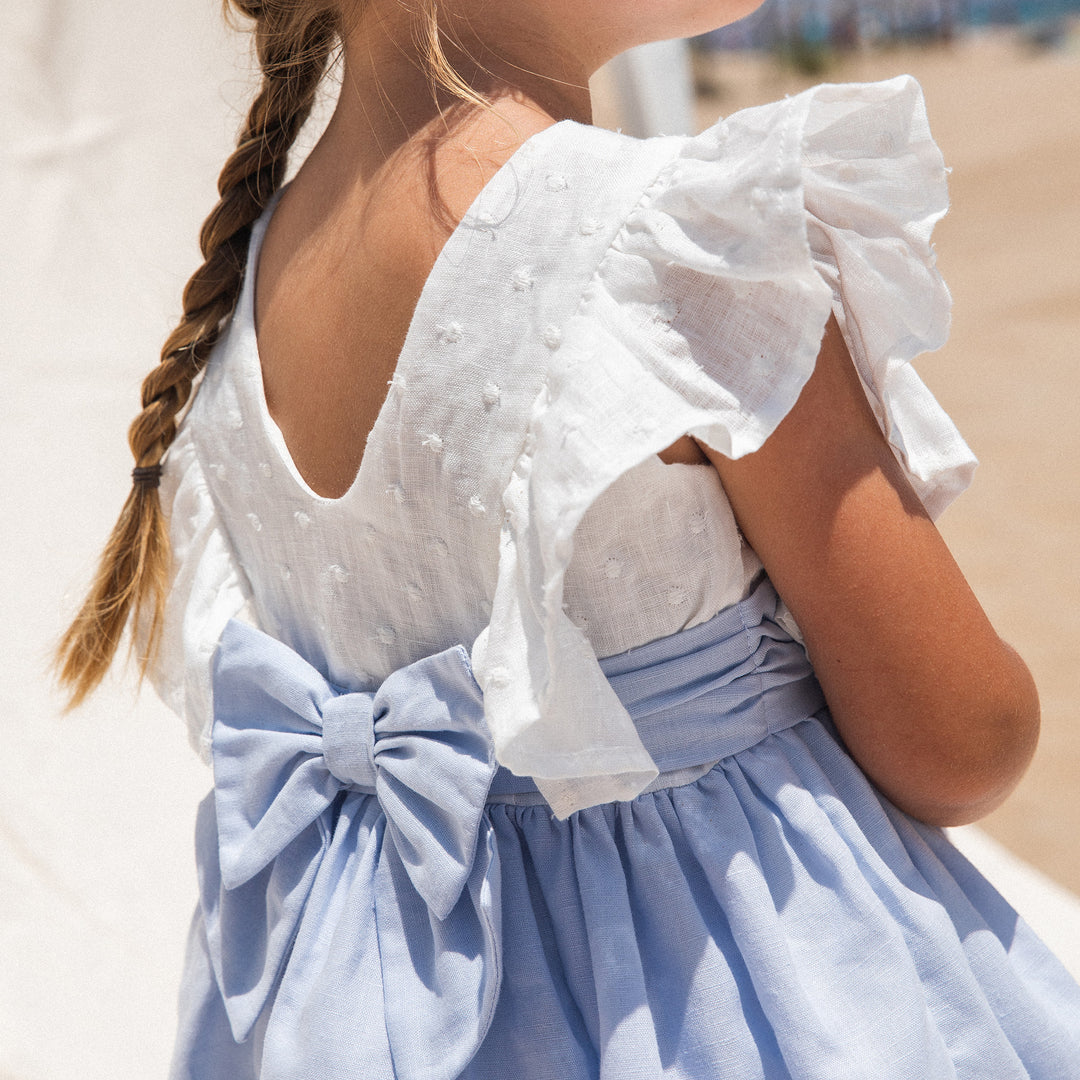The history of the Scottish tartan.
What we now commonly know as 'plaids' is, in reality, one of the oldest fabrics in the history of fashion.
We'll tell you a little about its evolution!
Among all the trends this fall/winter, we highlight the presence of color and the return of the most traditional patterns . Designs that, like the Scottish tartan, have been associated with basic looks for years and that, however, this season take on greater relevance. That is why, in homage to the aforementioned 'print', we consider it completely necessary to pay tribute to its origins, its evolution and its subsequent adaptation both on the catwalk and in 'street style'.
When you think of winter prints , 'plaid' is probably the first thing that comes to mind. But, originally they are not a print, but rather an ancient fabric. We tell you how the way in which the 'highlanders' (Scots from the Highlands) dressed themselves has become one of the most coveted 'fashion' claims in the history of fashion.
The first record of this legendary wool fabric is from between 3 and 4 AD. Because yes, it is indeed a fabric and not a print. This pattern was nothing more than the result of interlacing wool (previously dyed) in different colors. In its original form, tartan was actually a blanket that the 'highlanders' used to protect themselves from the cold. A little later, in the 18th century, this led to what we know today as the 'kilt', a key skirt in the men's wardrobe in Scotland since that time.However, the Scottish tartan (and everything that had to do with the Gaelic culture of the Highlands) was banned by England after its victory at the Battle of Culloden, through a treaty they called the 'Dress Act of 1746'. Treaty that was in force until 1782, the year in which said law was finally repealed. At that time, it once again became a national symbol .
In the 19th century, tartans represented regions and districts, with patterns derived from local resources. In the second half of the century, tartan became more directly associated with families and clans. During the reigns of Victoria and Edward VII, tartan spread to women's fashion and became a royal symbol.
Princess Diana was one of its most faithful ambassadors. She carried it in a thousand and one ways throughout her life. In fact, 25 years after her death, she is one of those responsible for making the Scottish tartan today a fabric most valued by designers and the most coveted in street style.
Thanks to the heritage of this historic Scottish fabric, and the impact that designers have fostered, today tartan is one of the most popular street style prints and is part of countless luxury and low-cost collections.









